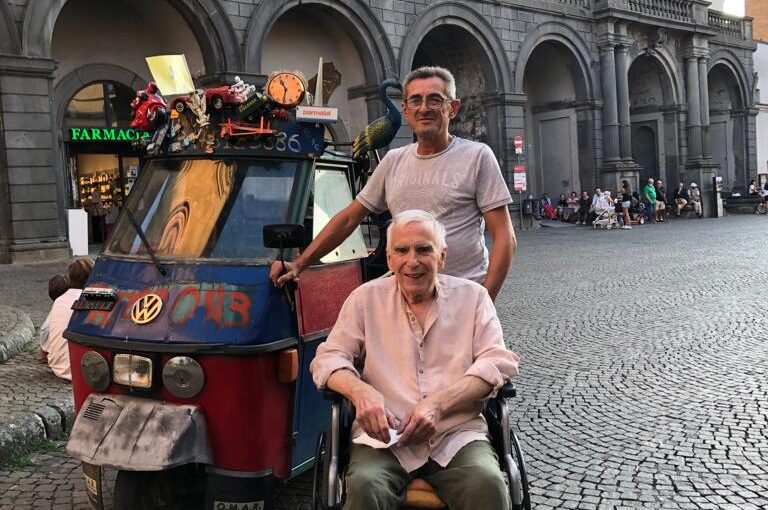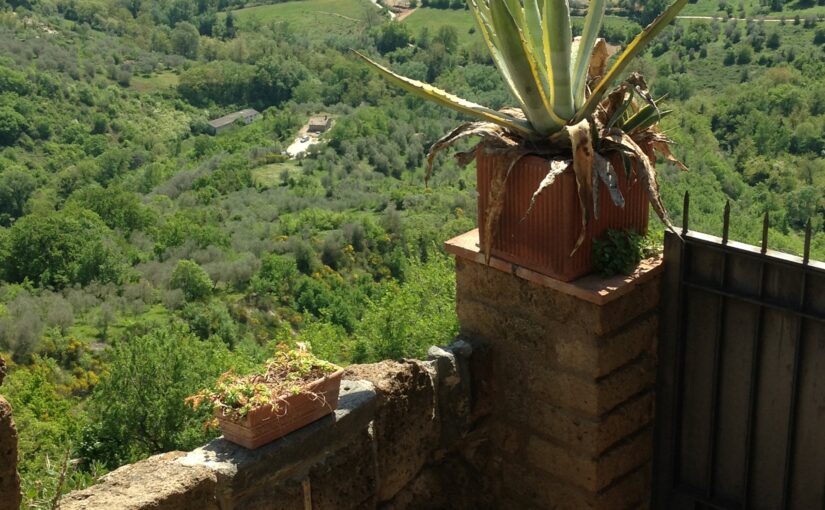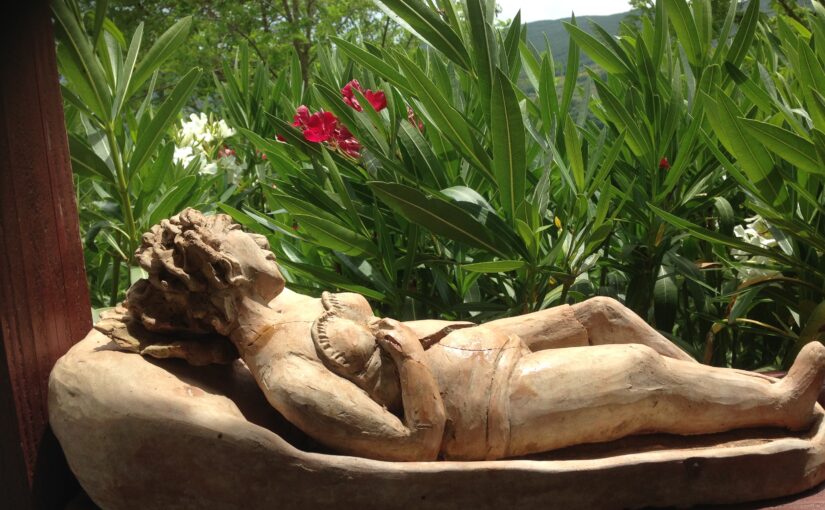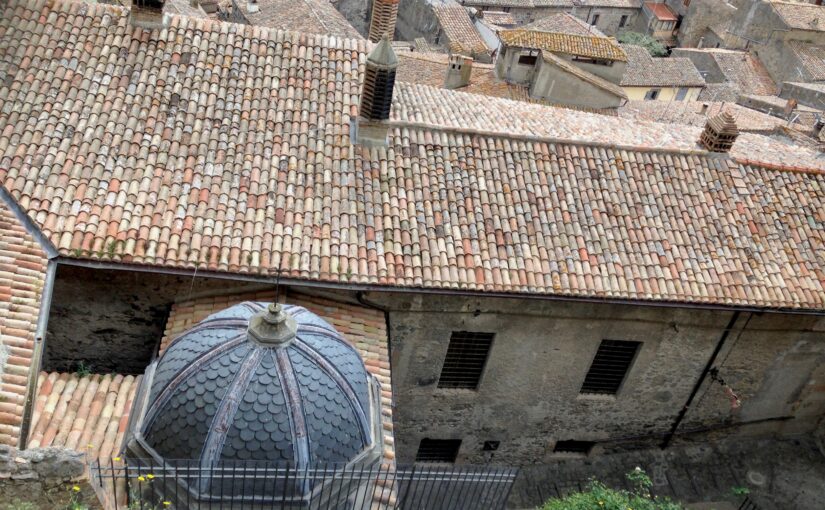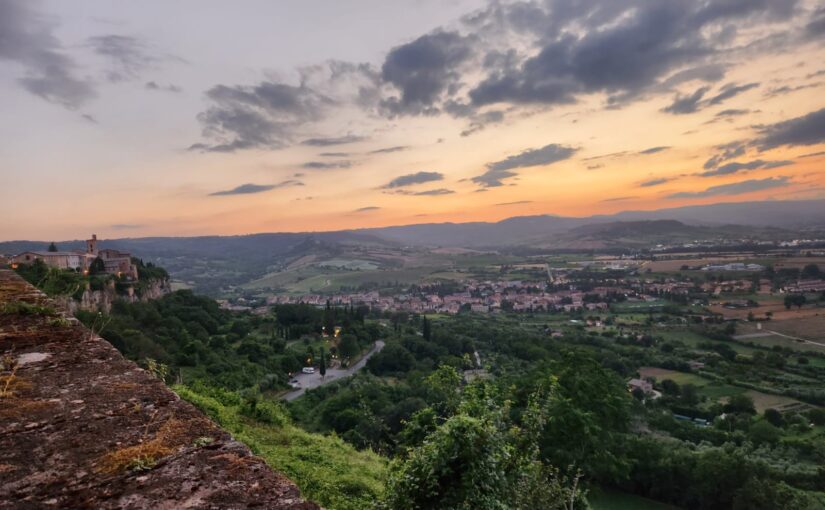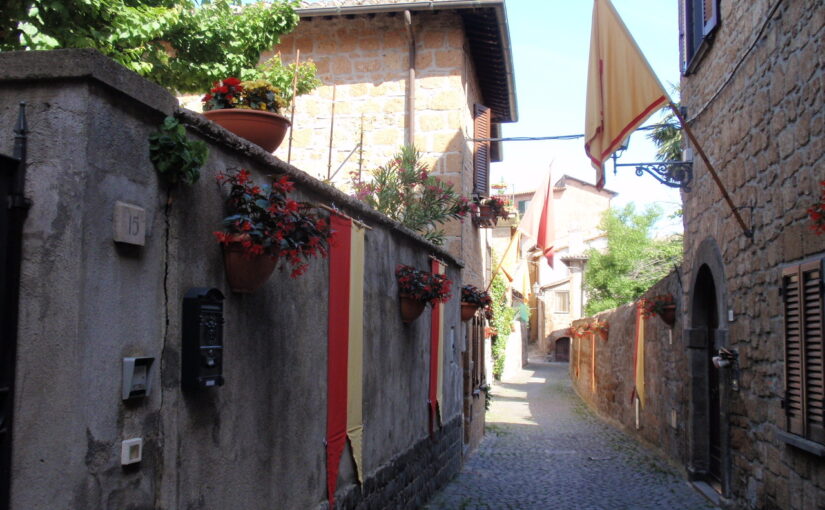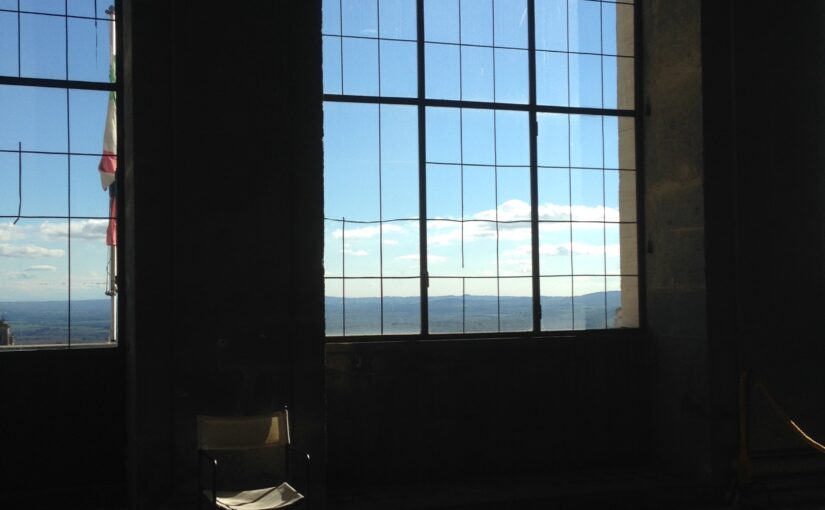Monday, September 11
The big realization of the past three weeks was that tracking symptoms, while fascinating in its way, misses the point. The objective is to spend as much time as possible off pause. Then, having treated the root, the symptoms will gradually (or, for some lucky some, suddenly) disappear.
[from Recovering from Parkinson’s by Janice Hadlock]
“Only if you understand what it is you are truly trying to change will you be able to rest easy in the knowledge that you are, in fact, healing from Parkinson’s disease after pause turns off. Your doctors and loved ones might assume you still have Parkinson’s disease until their snappy and highly inadequate visual assessment shows that you no longer have any residual trace of impaired motor function.
Doubt can cause people to re-invoke self-induced pause. Don’t.
You know the changes and healing you are going through even if no one else perceives them or acknowledges them. Savor them.”
Understanding that, I’m still drawn to list a few of the symptomatic adjustments that have taken place recently.
- Drool – flooded with the stuff three weeks ago, now gradually going dry – in fits and starts. Huzzah!
- Sleep – I’ve been getting a lot of it, alternating between bed and recliner depending on bedtime assessments too complex to describe here, and it is always so sweet. When I choose to sleep in bed it is because my body feels light and responsive, that I will be able to turn at will and with relative ease. When the body is heavy, I hope for no RLS and try the recliner. When neither works, I get a quick lesson in avoiding panic, and pace the hallway until the choice becomes clear.
- Walking – is still difficult but there are periods of grace in movement that I cherish. The past few days, I’ve been imaging myself dancing to the music of Hauser and Luka (also known as 2Cellos) and have often found improvement, even if briefly.
- Typing – not easy, but when I go very slowly, not impossible either.
- Poverty of movement – extreme most days (especially right after a nap) but only for selected actions. Some moves remain quick, others are glacial. And which is which will vary.
But I am learning to keep the pericardium energized, and when that is active symptoms seem distant and remote. Bouts of joy, daily appear. Senses are often so lively that I feel that I was wearing a bag over my head for decades.
See you in October!
The photo is of me and Roman next to Mario’s uniquely decorated APE (three-wheel vehicle).
